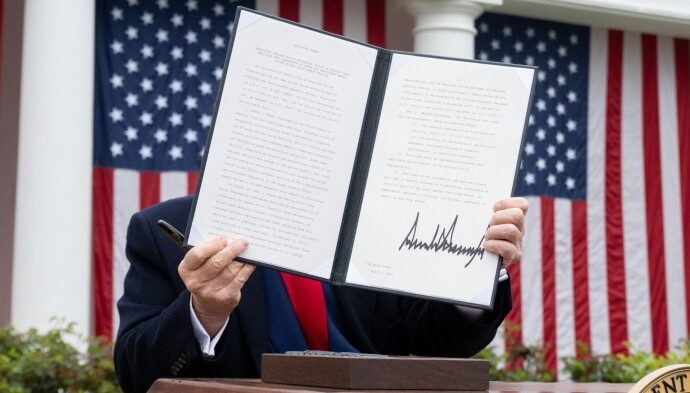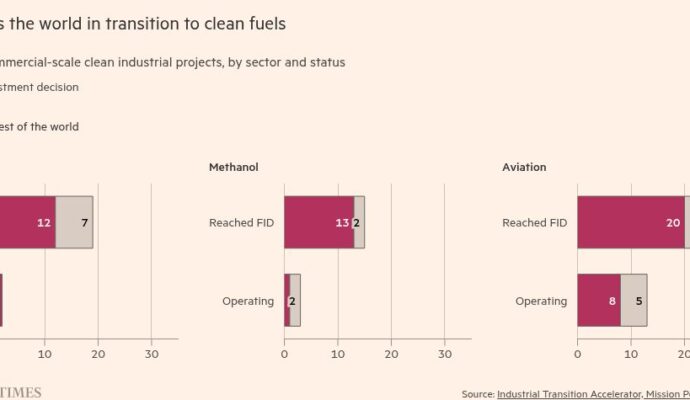
“Singapore will not crack down on a company or an industry outside its legal framework,” said Chen Yong, founder of Pionex, a cryptocurrency exchange, who moved there from Beijing in 2021. “Its policies have more continuity.”
Mr. Chen and others I met in Singapore said they had no intention of moving to Hong Kong, despite that city’s enthusiastic attempts to woo people like them in recent months.
For decades, Hong Kong played the role of safe haven for mainland entrepreneurs because of its autonomy from China. That crumbled after Beijing introduced a national security law in the territory in 2020, ushering in the arrest of activists, the seizure of assets, the detention of newspaper editors, the rewriting of school curriculums and what many see as the compromising of judicial independence.
Mr. Chen moved to Singapore because crypto trading, his industry, is banned in China. He kept some developers in the country, but most of his operations are outside it. He said being in Singapore helped him to think more globally. And he was skeptical that Hong Kong could separate its crypto policies from Beijing’s.
“When entrepreneurs chose to move to Singapore, it means they have chosen to leave China,” he said. Hong Kong is not attractive to people who have made that choice, he added.
Singapore has become a strong rival to Hong Kong as a place for China’s superrich to park their wealth. Four of the 10 wealthiest Singaporeans on Forbes’s billionaire list are recent Chinese immigrants. So many people arrived last year that a start-up founder told me he had put on weight from all the welcome dinners.
The rush of elite Chinese businesspeople to Singapore has contributed to a rise in the cost of living there. Average rent for a 1,000-square-foot condo apartment was about $3,500 a month at the end of September, up more than one-fifth from the start of 2022, according to 99.co, a property portal. The cost of a license to own a vehicle rose by nearly 40 percent last year.


